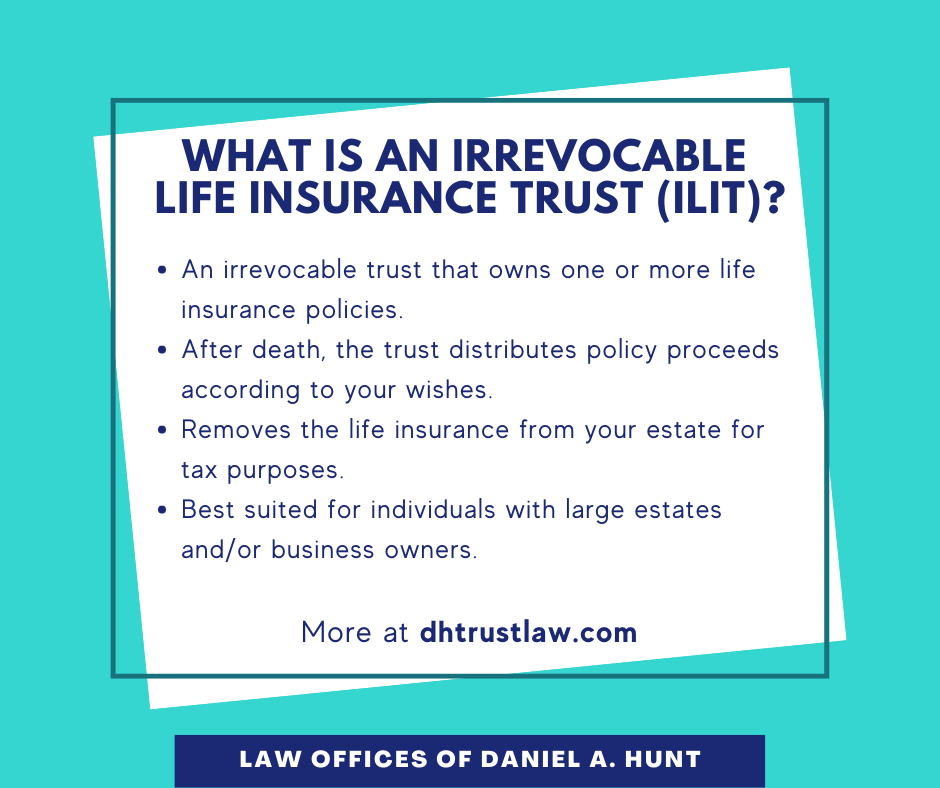Pacific Prime Can Be Fun For Everyone
Pacific Prime Can Be Fun For Everyone
Blog Article
What Does Pacific Prime Do?
Table of ContentsThe Basic Principles Of Pacific Prime The Pacific Prime PDFsExamine This Report on Pacific PrimeThe smart Trick of Pacific Prime That Nobody is DiscussingThe Pacific Prime Diaries

This is since the information were gathered for a duration of solid financial efficiency. Of the approximated 42 million people that were uninsured, just about about 420,000 (regarding 1 percent) were under 65 years of age, the age at which most Americans come to be eligible for Medicare; 32 million were grownups between ages 18 and 65, about 19 percent of all adults in this age; and 10 million were kids under 18 years of age, about 13.9 percent of all youngsters (Mills, 2000).
These estimates of the number of individuals without insurance are generated from the yearly March Supplement to the Existing Populace Survey (CPS), conducted by the Demographics Bureau. Unless or else noted, nationwide estimates of individuals without medical insurance and percentages of the population with various kinds of insurance coverage are based upon the CPS, one of the most commonly utilized source of estimates of insurance coverage and uninsurance rates.
Getting My Pacific Prime To Work

Still, the CPS is especially useful since it creates yearly estimates fairly promptly, reporting the previous year's insurance policy coverage approximates each September, and due to the fact that it is the basis for a regular collection of estimates for more than twenty years, enabling analysis of patterns in coverage with time. For these factors, as well as the considerable usage of the CPS in various other researches of insurance policy protection that exist in this record, we count on CPS estimates, with restrictions kept in mind.

The estimate of the number of without insurance people broadens when a populace's insurance coverage standing is tracked for a number of years. Over a three-year duration starting early in 1993, 72 million individuals, 29 percent of the U.S. https://www.figma.com/file/DQaAURKv0Xz32XUI9NJXrd/Untitled?type=design&node-id=0%3A1&mode=design&t=rR5Yq5DjXQg5AhnB-1. populace, lacked coverage for at least one month. Within a solitary year (1994 ), 53 million individuals experienced at the very least a month without coverage (Bennefield, 1998a)
6 out of every 10 without insurance adults are themselves used. Although functioning does improve the probability that one and one's relative will have insurance, it is not an assurance. Also participants of family members with 2 permanent wage income earners have practically a one-in-ten chance of being without insurance (9.1 percent without insurance price) (Hoffman and Pohl, 2000).
Not known Details About Pacific Prime
New immigrants account for a considerable percentage of individuals without health and wellness insurance. One analysis has actually associated a considerable portion of the current growth in the size of the U.S. without insurance populace to immigrants who arrived in the country in between 1994 and 1998 (Camarota and Edwards, 2000). Recent immigrants (those who concerned the United States within the previous 4 years) do have a high price of being without insurance (46 percent), yet they and their children represent simply 6 percent of those without insurance coverage nationally (Holahan et al., 2001).
The relationship between wellness insurance coverage and accessibility to care is well established, as recorded later on in this phase. The partnership in between wellness insurance policy and health and wellness results is neither direct neither simple, an extensive scientific and health and wellness solutions research literature links health insurance coverage to better access to care, far better quality, and enhanced individual and populace health standing.
Degrees of analysis for examining the effects of uninsurance. It focuses specifically on those without any type of health insurance policy for any type of length of time.
The 5-Minute Rule for Pacific Prime
The additional hints problems encountered by the underinsured are in some aspects similar to those faced by the without insurance, although they are usually much less serious. Health and wellness insurance coverage, however, is neither essential neither sufficient to gain access to clinical solutions. The independent and direct result of health insurance protection on access to wellness services is well developed.
Others will obtain the healthcare they require even without medical insurance, by paying for it expense or seeking it from providers that provide treatment complimentary or at highly subsidized prices. For still others, health and wellness insurance alone does not ensure invoice of care as a result of other nonfinancial obstacles, such as a lack of health and wellness care carriers in their neighborhood, minimal access to transportation, illiteracy, or etymological and social differences.
The Only Guide for Pacific Prime
Official study about uninsured populaces in the United States dates to the late 1920s and early 1930s when the Committee on the Expense of Healthcare created a collection of records concerning financing doctor office visits and hospital stays. This concern came to be significant as the numbers of medically indigent climbed during the Great Clinical depression.
Report this page